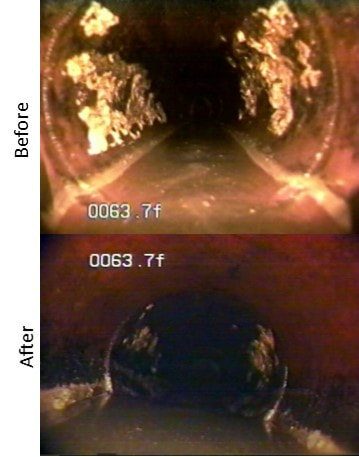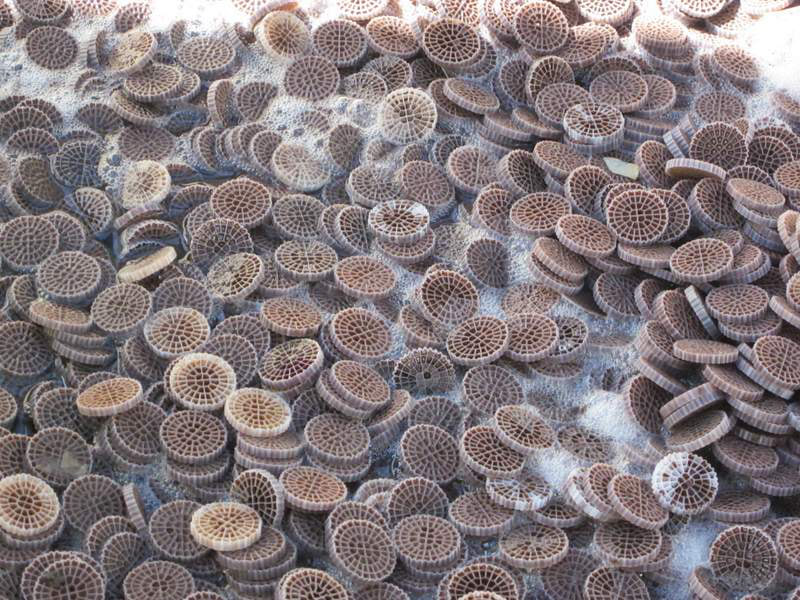Under anaerobic conditions - redox potential less than -200 mV is a good starting point - bacteria begin to use organic compounds as the final electron acceptor. This biochemical process called fermentation results in the production of short chain fatty acids. In the context of an anaerobic digester, this is a vital step to producing methane. In a collection system, it can be a source of volatile organic acid odors. If you have sulfate present at low ORP, sulfur reducing bacteria (SRB) begin to form sulfides which at lower pH become hydrogen sulfide gas. The sulfides combining with iron in the water produce iron sulfides which give septic water the dark gray color.
So here is what we have in a true septic influent:
- Low ORP (redox potential) - usually < -200 mV
- Sulfides & iron sulfide
- Organic acids - primarily acetic, propionic, & butyric acids
- Microscopic exam will have spirochete form bacteria that move by a "corkscrew like propulsion" - these organisms are favored by organic acids and low D.O.
- With long run septicity, you may see increased low DO and organic acid filaments
- Use upstream collection system programs to prevent anaerobic zones (boost redox)
- Increase aeration near the influent to account for higher oxygen demand
- Add mixing/aeration to equalization tanks upstream of WWTP



 RSS Feed
RSS Feed